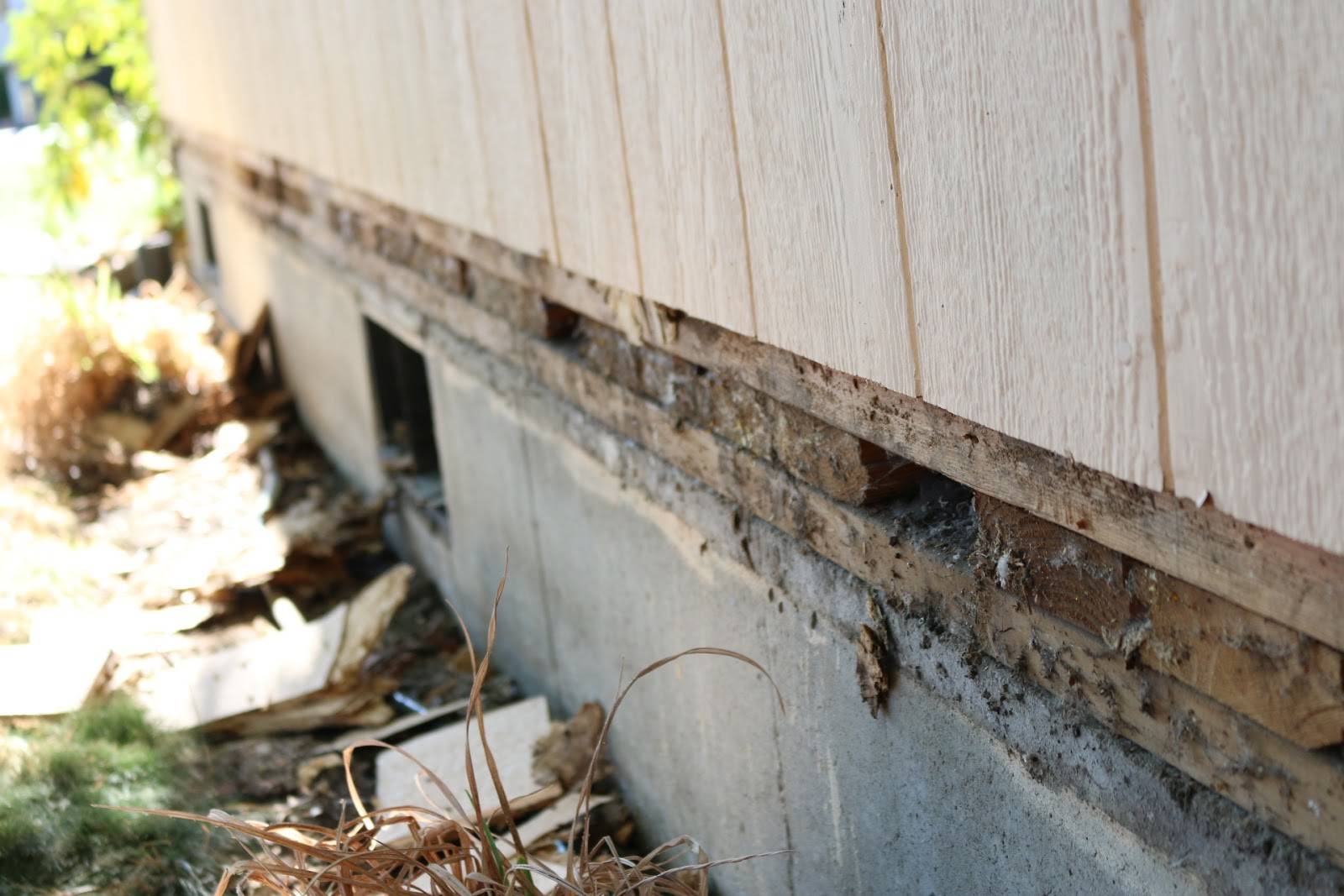

Articles
How To Get Siding Replaced By Insurance
Modified: December 7, 2023
Learn how to get your siding replaced by insurance with our informative articles. Get the coverage you deserve and protect your home today.
(Many of the links in this article redirect to a specific reviewed product. Your purchase of these products through affiliate links helps to generate commission for Storables.com, at no extra cost. Learn more)
Introduction
When it comes to home maintenance, one area that often requires attention is the siding. Over time, siding can become damaged due to weather conditions, accidents, or simply wear and tear. In such cases, getting the siding replaced is essential to maintain the integrity and appearance of your home. The good news is that if the damage is covered by your insurance policy, you may be able to have your siding replaced at little to no cost to you.
In this article, we will guide you through the steps you need to take to get your siding replaced by insurance. From assessing the damage to the final replacement process, we will provide you with valuable tips and information to navigate the process successfully.
Before diving into the steps, it’s important to note that the specific process and requirements may vary depending on your insurance company and policy. It’s always a good idea to review your policy carefully and consult with your insurance agent to understand the exact procedures and coverage in your situation.
Now, let’s get started with the first step: assessing the damage.
Key Takeaways:
- Navigating the insurance claim process for siding replacement involves thorough documentation, proactive communication, and negotiation to ensure fair coverage and a successful outcome.
- Obtaining multiple estimates from contractors, understanding insurance coverage, and monitoring the replacement process are key steps in achieving a smooth and satisfactory siding replacement covered by insurance.
Read more: How To Get Construction Insurance
Step 1: Assessing the Damage
The first step in getting your siding replaced by insurance is to assess the extent of the damage. Take a thorough look at your siding and identify any signs of damage, such as cracks, holes, missing pieces, or warping. It’s important to document the damage and take clear photographs as evidence.
If the damage is the result of a specific incident, such as a storm or accident, make note of the date and time it occurred. This information will be useful when contacting your insurance company.
In addition to visible damage, it’s also important to check for underlying issues that may have caused the damage. This includes checking for signs of water infiltration, mold growth, or rotting. Addressing these underlying issues along with replacing the siding will ensure that your home remains structurally sound.
Once you have assessed the damage, it’s time to move on to the next step: contacting your insurance company.
Step 2: Contacting Your Insurance Company
After assessing the damage, the next step is to contact your insurance company to initiate the claims process. The sooner you notify them, the quicker you can proceed with the siding replacement.
When contacting your insurance company, be prepared to provide detailed information about the damage, including the date it occurred and the extent of the damage. Explain that you would like to make a claim for your siding replacement and ask for specific instructions on how to proceed.
Some insurance companies may have a dedicated claims department that handles property damage claims, while others may require you to go through your primary agent. Regardless, be sure to document the date and time of your conversation, as well as the name of the representative you spoke with.
During your conversation, ask about any documentation or evidence they require to process your claim. They may request photographs of the damage, estimates from contractors, or other supporting documents. Take note of these requirements and ensure that you gather the necessary information.
It’s important to be proactive and organized throughout the communication with your insurance company. Keep a record of all correspondence, including emails, letters, or any other forms of communication. This will help you stay organized and provide evidence of your attempts to communicate.
Once you have made initial contact with your insurance company, it’s time to move on to step 3: documenting the damage.
Step 3: Documenting the Damage
Documenting the damage is a crucial step in the process of getting your siding replaced by insurance. Proper documentation will help support your claim and ensure that you receive the appropriate coverage for the replacement.
Start by taking clear and detailed photographs of the damaged siding from different angles. Capture close-up shots to clearly show the extent of the damage, as well as wider shots to provide context. It’s important to capture any visible cracks, holes, missing pieces, or warping.
In addition to photographs, it’s also helpful to create a written description of the damage. Include details such as the location of the damage on the house, the size of the affected area, and any other pertinent information.
If there are any underlying issues that have led to the siding damage, such as water infiltration or mold growth, document those as well. Take photographs and note any signs of damage to the interior of your home caused by the siding issues.
Organize all the documentation in a clear and systematic manner. Label the photographs and create a written summary of the damage. This will make it easier to present your case to the insurance adjuster and provide them with the necessary evidence.
Keep in mind that documentation is not limited to the initial assessment. As the claims process progresses, continue to document any changes or further damage that may occur. This will help ensure that any additional repairs or replacements are covered as part of your claim.
With thorough documentation in hand, you are now ready for step 4: meeting with the insurance adjuster.
Step 4: Meeting with the Insurance Adjuster
Meeting with the insurance adjuster is a crucial step in the process of getting your siding replaced by insurance. The adjuster is responsible for assessing the damage, determining the coverage, and providing an estimate for the replacement cost.
Typically, your insurance company will assign an adjuster to handle your claim. They will contact you to schedule a convenient time for the inspection. It’s important to be prompt and cooperative during this process.
Prior to the meeting, gather all your documentation, including the photos, written description of the damage, and any other relevant information. Be prepared to present this to the adjuster and answer any questions they may have.
During the inspection, walk with the adjuster around your property and point out the areas that require siding replacement. Provide them with the documentation you have prepared and explain the extent of the damage.
The adjuster will assess the damage and determine the coverage based on your insurance policy. They may take their own photographs and measurements, ask additional questions, or request access to certain areas of your home to investigate further.
It’s important to ask the adjuster about the estimate for the replacement cost. They will provide you with a detailed breakdown of the coverage, including any deductibles or limitations that apply. Review the estimate carefully and ask for clarification if anything is unclear.
If you disagree with the adjuster’s assessment or feel that the estimate is inadequate, you have the right to appeal. Consult your insurance policy or contact your insurance agent for guidance on the appeals process.
Once the meeting with the adjuster is complete and you have received the estimate, it’s time to move on to step 5: understanding your insurance coverage.
Read more: How To Get A New Roof From Insurance
Step 5: Understanding Your Insurance Coverage
Understanding your insurance coverage is essential when it comes to getting your siding replaced. This step involves carefully reviewing your insurance policy to determine the extent of the coverage for siding replacement.
Start by reviewing the policy documents provided by your insurance company. Look for specific terms and conditions related to property damage, including siding replacement. Pay attention to any exclusions, limitations, or deductibles that may apply.
Some insurance policies may cover all types of damage to the siding, while others may have specific exclusions, such as damage caused by wear and tear or improper maintenance. Make note of any such exclusions and limitations.
Additionally, check for any requirements or procedures outlined in the policy for filing a claim and getting your siding replaced. This may include obtaining multiple estimates from contractors, working with specific authorized contractors, or following certain timelines.
If you have any questions or concerns about the coverage or the policy language, reach out to your insurance agent for clarification. They can explain any ambiguous terms and guide you through the process.
Understanding your coverage will help you determine whether the estimate provided by the insurance adjuster is fair and accurate. If you believe that the estimate does not adequately cover the replacement cost, you can consult with contractors and obtain additional estimates to compare.
By having a clear understanding of your insurance coverage, you can advocate for yourself and ensure that you receive the appropriate reimbursement for the siding replacement.
Now that you have a good understanding of your insurance coverage, let’s move on to step 6: obtaining estimates from contractors.
Tip: To get siding replaced by insurance, document the damage with photos, gather estimates from reputable contractors, and file a claim with your insurance company. Be prepared to provide evidence of the damage and estimates for the replacement cost.
Step 6: Obtaining Estimates from Contractors
Obtaining estimates from contractors is an important step in the process of getting your siding replaced. This step allows you to compare different options and ensure that you have accurate pricing for the replacement.
Start by researching and identifying reputable contractors in your area that specialize in siding replacement. Reach out to them and explain that you are seeking estimates for an insurance claim. Many contractors offer free estimates, so you can get multiple quotes without incurring any costs.
When contacting contractors, provide them with detailed information about the scope of the project, including the type of siding, the size of the area to be replaced, and any other relevant details. This will enable them to give you accurate estimates.
Aim to obtain at least three estimates from different contractors. This will give you a range of prices to compare and ensure that you are getting a fair deal. Keep in mind that the cheapest option may not always be the best, so consider factors such as the contractor’s reputation, experience, and the quality of materials they will use.
During the estimation process, ask contractors about the timeline for the project, any warranties offered, and if they have experience working with insurance claims. This will help you assess their professionalism and ability to handle the job smoothly.
Once you have obtained all the estimates, review them carefully, taking note of any variations in pricing or included services. Compare the estimates to the one provided by the insurance adjuster to ensure that they align.
If there are discrepancies between the insurance adjuster’s estimate and the contractor’s estimates, discuss the differences with your insurance company. They may need to reassess the coverage or negotiate with the contractor to reach an agreement.
By obtaining multiple estimates, you can make an informed decision and ensure that you receive a fair and accurate pricing for the siding replacement.
With the estimates in hand, you are now ready for step 7: negotiating with the insurance company.
Step 7: Negotiating with the Insurance Company
When it comes to getting your siding replaced by insurance, negotiation plays a vital role in ensuring that you receive the appropriate coverage for the replacement. Step 7 involves negotiating with the insurance company to reach a fair agreement.
Start by reviewing the estimates you obtained from contractors and comparing them to the estimate provided by the insurance adjuster. Identify any discrepancies or differences in pricing, materials, or labor costs.
If the contractor’s estimates are higher than the insurance adjuster’s estimate, you may need to initiate a negotiation process with the insurance company. Contact your insurance agent or claims representative and provide them with the additional estimates.
Present your case by explaining the differences in pricing and any other factors that may justify the higher estimates. Highlight the reputation and expertise of the contractors you obtained estimates from, emphasizing their experience in siding replacement and their commitment to using quality materials.
Be prepared to provide any supporting documentation or evidence, such as photographs of the damage, written descriptions, or testimonials from the contractors. This will strengthen your argument and demonstrate the validity of the higher estimates.
During the negotiation process, it’s important to maintain open and clear communication with the insurance company. Be prepared to listen to their perspective and consider any counterarguments they may present.
If both parties cannot reach an agreement, consider involving a public adjuster or seeking legal advice to advocate for your rights and ensure a fair resolution.
Remember, negotiation is a give-and-take process. Be patient, persistent, and professional throughout the negotiations, keeping the ultimate goal of getting your siding replaced at the forefront.
Once a fair agreement is reached, it’s time to move on to step 8: approving the claim and selecting a contractor.
Step 8: Approving the Claim and Selecting a Contractor
Once you have successfully negotiated with the insurance company and reached an agreement on the coverage for your siding replacement, it’s time to move forward with approving the claim and selecting a contractor.
Review the terms of the agreement and ensure that you fully understand the coverage and any conditions or requirements set forth by the insurance company. If there are any outstanding questions or concerns, seek clarification from your insurance agent before proceeding.
With the approved claim, you can now proceed with selecting a contractor to carry out the siding replacement. Consider the estimates you obtained earlier and weigh factors such as reputation, experience, warranties, and the quality of materials when making your decision.
Request a detailed proposal from the chosen contractor, clearly outlining the scope of the project, the timeline, the cost breakdown, and any warranties offered. Review the proposal carefully and ensure that it aligns with the approved coverage from the insurance company.
Before signing any contracts or making any payments, verify the credentials of the contractor. Check if they are licensed, insured, and bonded, and ask for references from past clients to validate their work quality and professionalism.
Once you are confident in your choice of contractor, sign the contract, and provide any necessary down payment as agreed upon. Keep a copy of the signed contract and all supporting documents for your records.
Throughout the siding replacement process, maintain open communication with the contractor. Stay informed of the progress and address any concerns or questions promptly. It’s important to ensure that the work is being completed to your satisfaction and according to the agreed-upon terms.
Once the siding replacement is completed, conduct a final inspection with the contractor to ensure that all work has been done to your satisfaction. If any issues or concerns arise during this inspection, discuss them with the contractor and work towards a resolution.
With the work completed and your siding replaced, it’s time to move on to step 9: completing the necessary paperwork.
Step 9: Completing the Paperwork
After the siding replacement is finished and you are satisfied with the work, it’s important to complete the necessary paperwork to finalize the insurance claim and ensure proper documentation.
Start by reviewing the paperwork requirements outlined by your insurance company. This may include submitting invoices, receipts, or any other supporting documents related to the siding replacement. Gather all the required paperwork and organize it in a systematic manner.
If the contractor has provided you with an invoice for the work, ensure that it includes a detailed breakdown of the costs, including labor, materials, and any additional charges or fees. Double-check the accuracy of all the information.
Make copies of all the paperwork before sending them to the insurance company. This will serve as a backup in case any documents get lost in transit or if you need them for your records in the future.
When submitting the paperwork, follow the instructions provided by your insurance company. This may include mailing the documents, uploading them to an online portal, or sending them via email. Keep track of the date you submitted the paperwork and any confirmation or acknowledgment received from the insurance company.
It’s a good idea to maintain open communication with your insurance company throughout this process. Follow up with them if you don’t receive any acknowledgment of your submission within a reasonable timeframe.
Once the insurance company receives and reviews the paperwork, they will process the claim and issue any reimbursement or payment owed according to the terms of the policy.
Keep copies of all the paperwork and correspondence related to the insurance claim and siding replacement in a safe and easily accessible place. This will be valuable for future reference, such as when renewing your insurance policy or if any disputes arise in the future.
With the paperwork completed and submitted, it’s time to move on to the final step: Step 10: Monitoring the Replacement Process.
Step 10: Monitoring the Replacement Process
Even after completing the paperwork and finalizing the insurance claim for your siding replacement, it’s important to monitor the replacement process to ensure that everything goes smoothly.
Stay in regular communication with your chosen contractor throughout the replacement process. This will allow you to stay updated on the progress and address any concerns or questions that may arise.
Visit the worksite periodically to inspect the work being done. Verify that the siding installation adheres to industry standards and matches the agreed-upon specifications. Address any issues or concerns with the contractor promptly to avoid any delays or complications.
Keep a record of any changes or modifications made during the replacement process. This includes any additional work or repairs that were discovered once the old siding was removed. Make sure these changes are documented and approved by both you and the contractor.
If any unexpected issues or challenges arise during the replacement process, communicate immediately with both your insurance company and the contractor. They can help provide guidance on how to address these challenges and ensure that they are appropriately documented.
Regularly evaluate the quality of work being done and ensure that the contractor is meeting the agreed-upon timeline. If there are any delays or concerns, discuss them with the contractor and seek clarification on the reasons behind them.
Once the replacement is complete, perform a final inspection with the contractor to ensure that all work has been completed to your satisfaction. Address any last-minute details or touch-ups that may be needed before giving your final approval.
Overall, proactive communication and monitoring throughout the replacement process will help ensure that any issues or concerns are addressed promptly and that the final result meets your expectations.
By actively monitoring the replacement process, you can have peace of mind knowing that the siding replacement has been completed successfully and that your home is restored to its original condition.
With the completion of Step 10, your journey to getting your siding replaced by insurance is complete. Congratulations on successfully navigating the process!
Now, sit back, enjoy your newly replaced siding, and rest assured knowing that your home is protected and looking its best.
Conclusion
Getting your siding replaced by insurance can be a complex and involved process, but with the right knowledge and steps, it is achievable. By following the ten steps outlined in this article, you can navigate through the insurance claim process and ensure that your siding replacement is handled smoothly and efficiently.
From assessing the damage to completing the necessary paperwork, each step plays a crucial role in the overall success of your claim. By thoroughly documenting the damage, understanding your insurance coverage, and obtaining multiple estimates from contractors, you can advocate for yourself and ensure that you receive a fair payout for your claim.
Negotiating with the insurance company may be necessary to ensure that the coverage aligns with the actual cost of the replacement. Remember to maintain open and clear communication throughout the process and be prepared to provide supporting evidence and documentation to support your case.
Once the claim is approved, selecting a reputable and experienced contractor is essential. Carefully review the contract, monitor the replacement process, and address any concerns or issues that arise promptly.
Lastly, completing the necessary paperwork and monitoring the replacement process will help ensure a smooth and satisfactory outcome. Stay engaged and proactive throughout the entire process to guarantee that your newly replaced siding meets your expectations.
Remember, every insurance claim process may vary, and it’s important to review your specific policy and communicate with your insurance company to fully understand the requirements and procedures involved.
Now that you have the knowledge and guidance needed, you can confidently navigate the process of getting your siding replaced by insurance. Rest assured knowing that your home will be restored and protected with the help of your insurance coverage.
So, don’t hesitate to take action and start the process of getting your siding replaced. Begin by assessing the damage and contacting your insurance company. Follow through with each step, and before you know it, your home will have fresh, new siding thanks to your insurance coverage.
Frequently Asked Questions about How To Get Siding Replaced By Insurance
Was this page helpful?
At Storables.com, we guarantee accurate and reliable information. Our content, validated by Expert Board Contributors, is crafted following stringent Editorial Policies. We're committed to providing you with well-researched, expert-backed insights for all your informational needs.
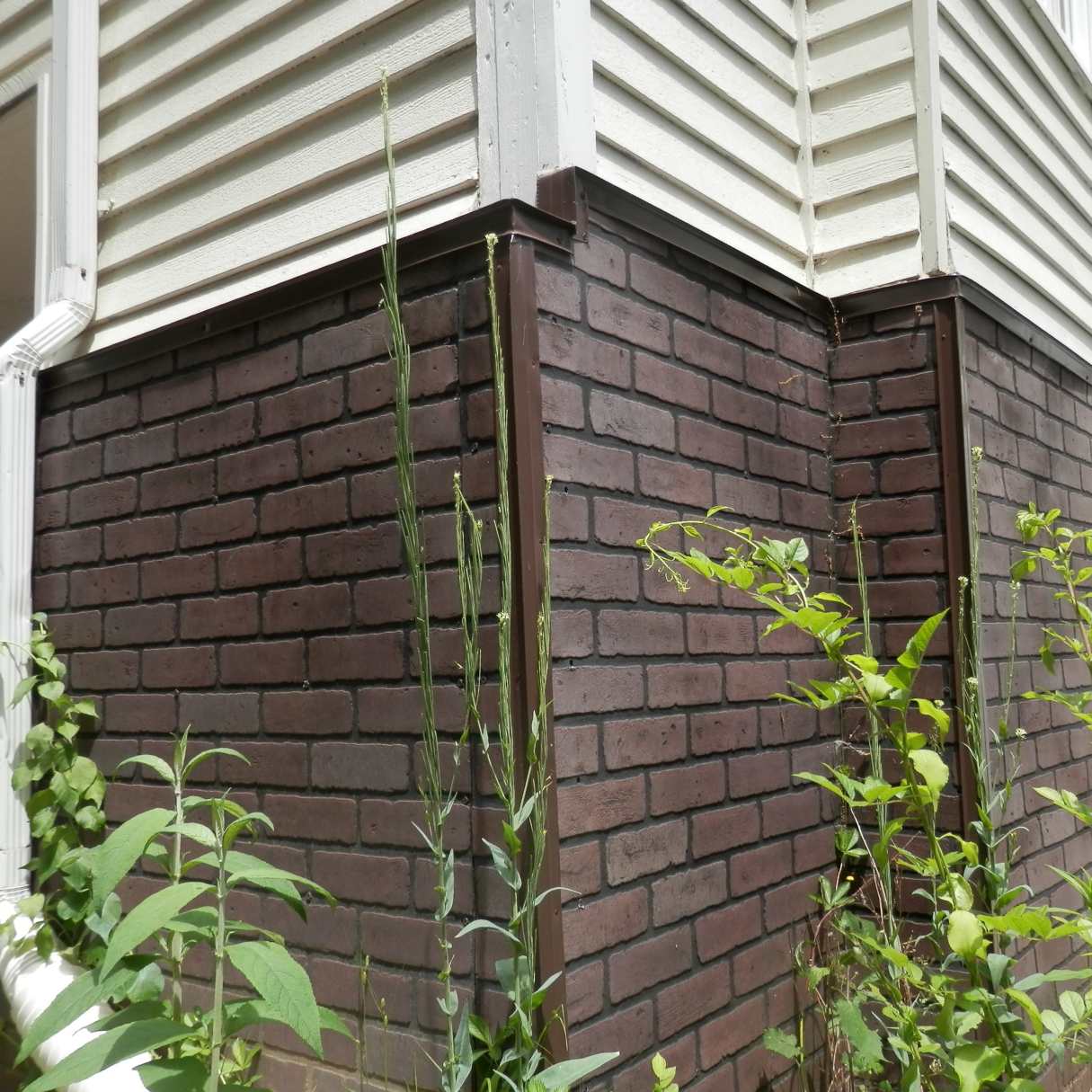
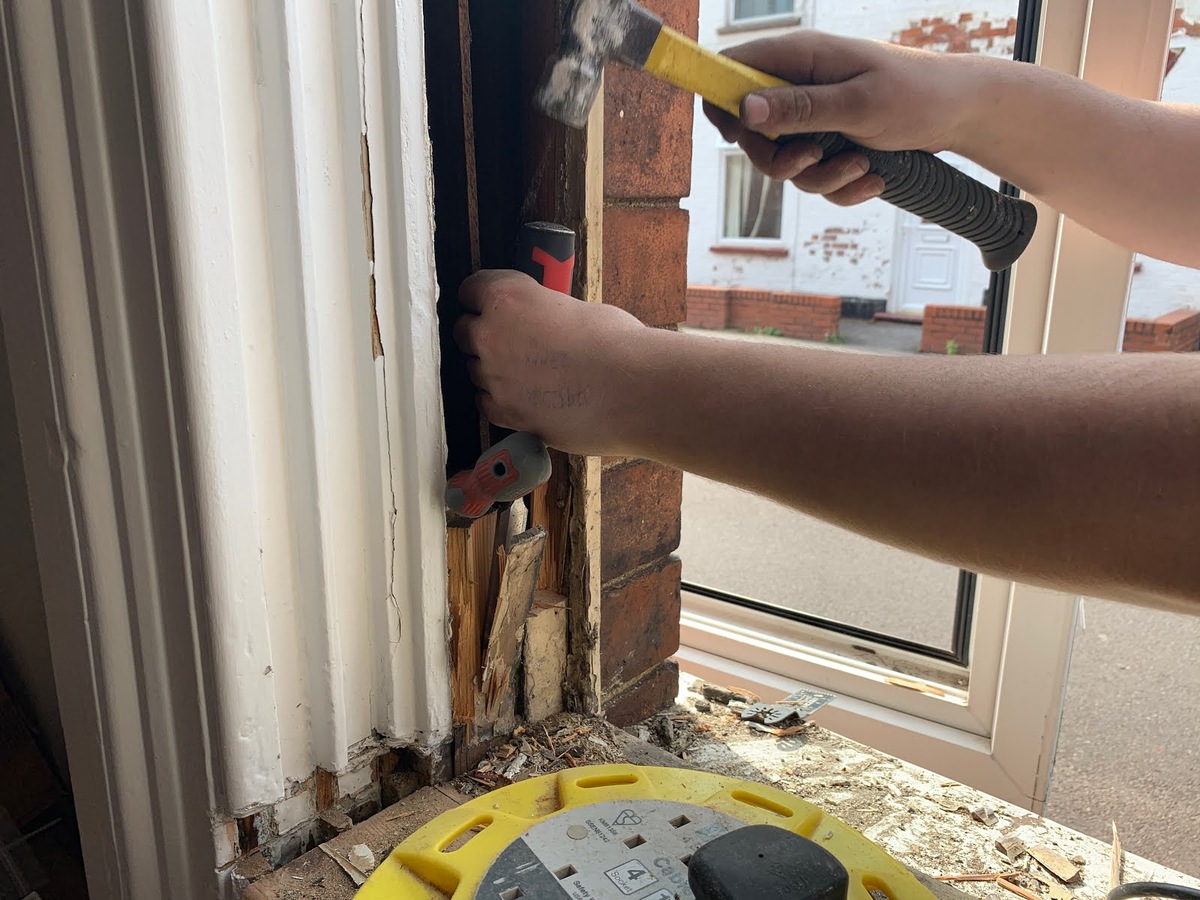
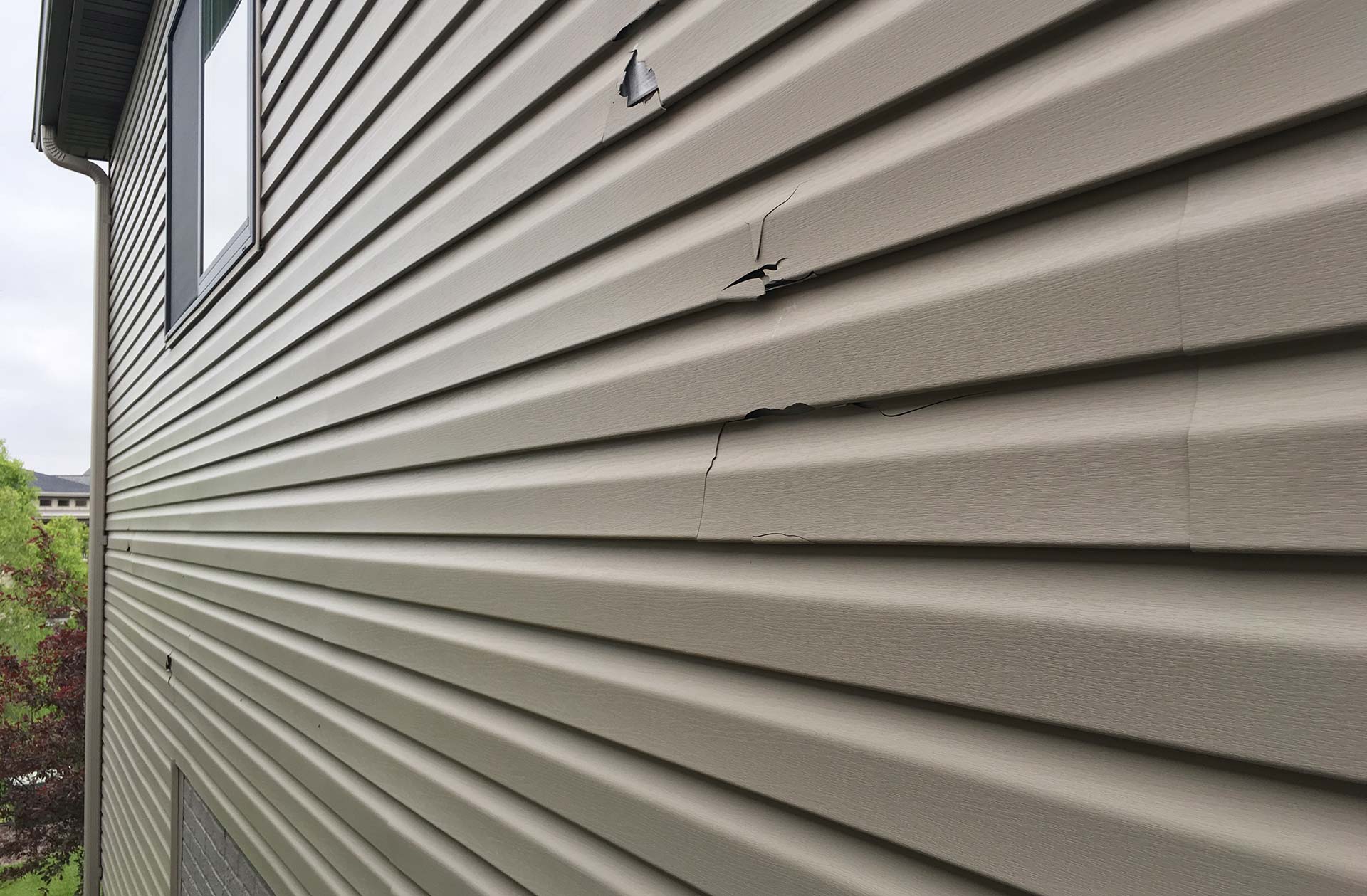
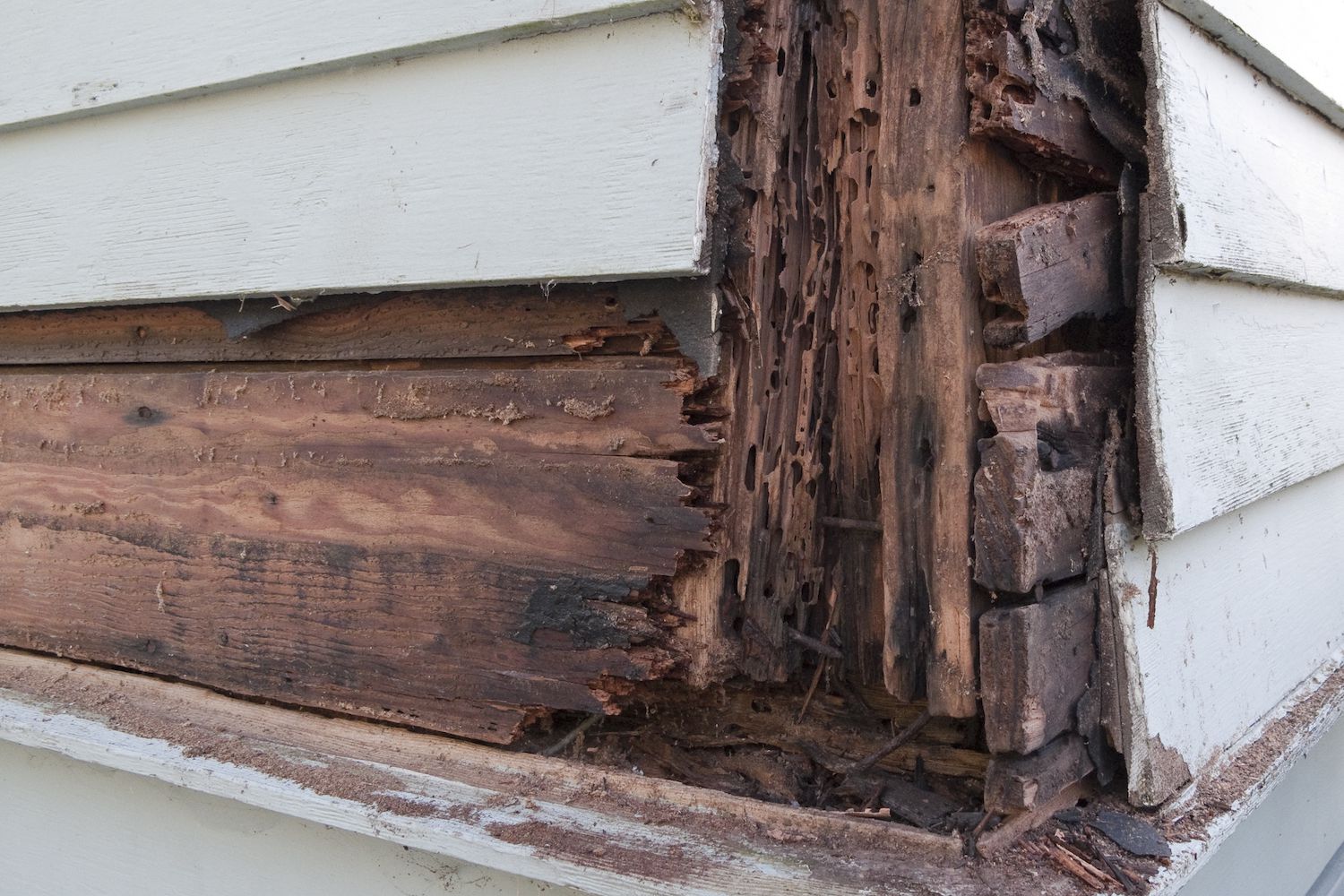

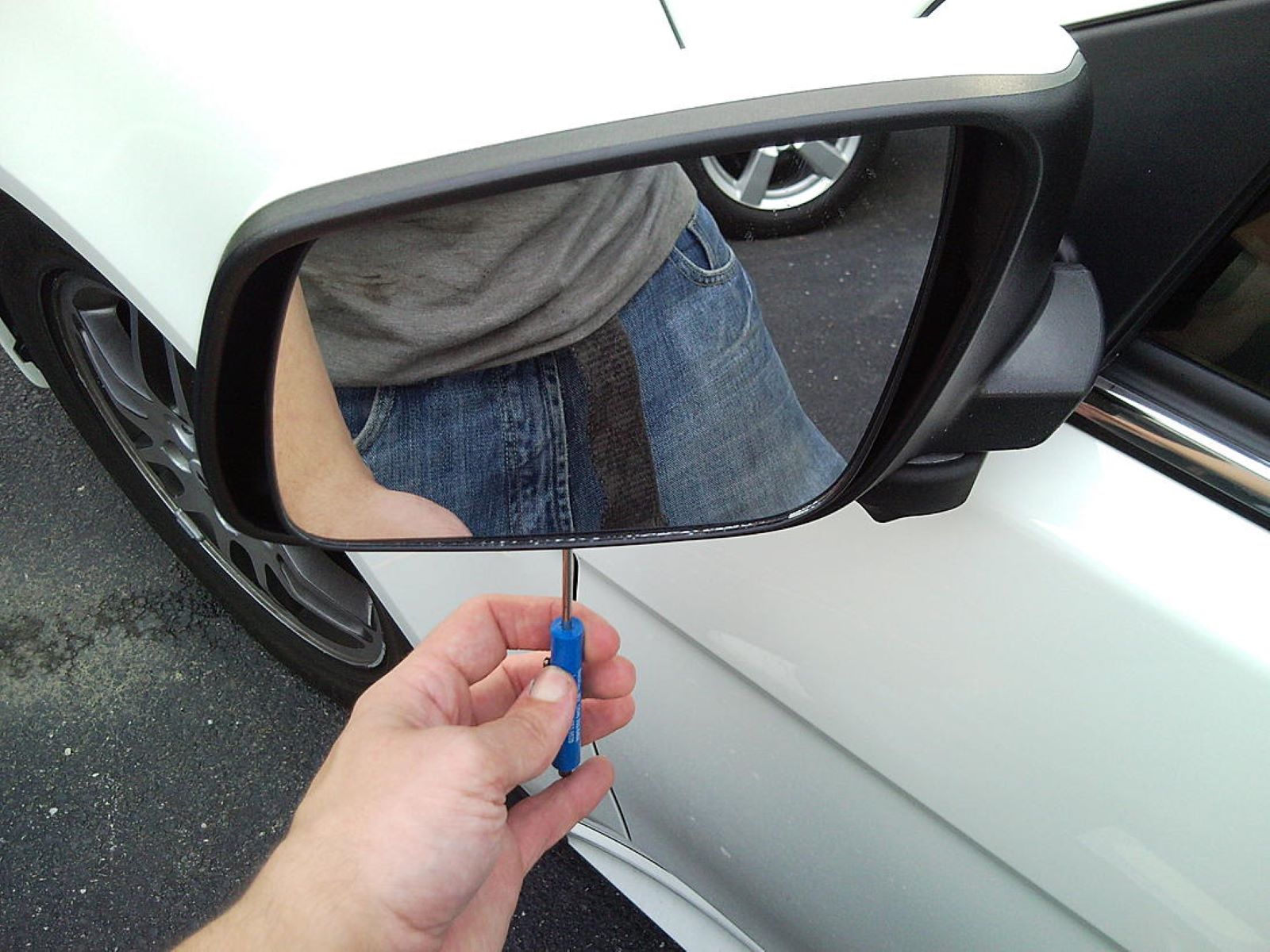
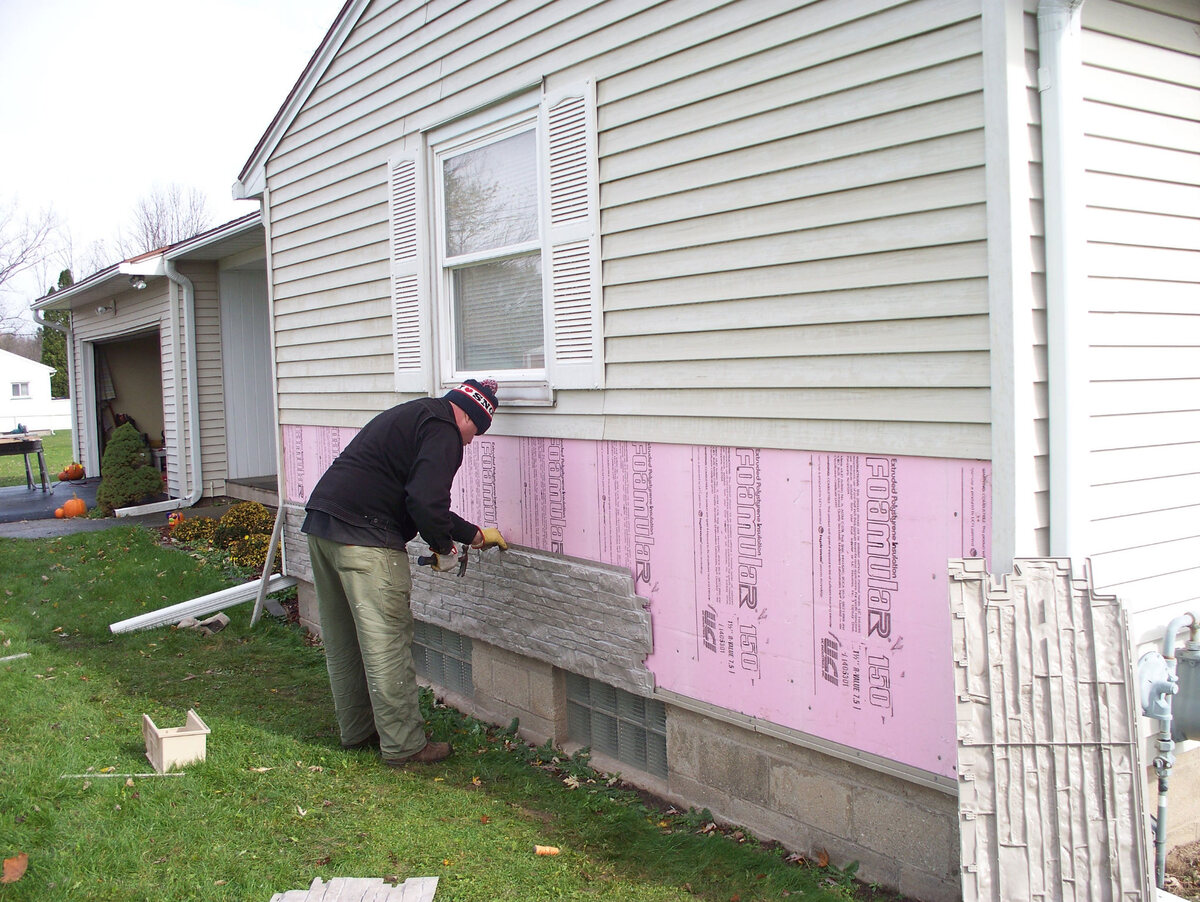
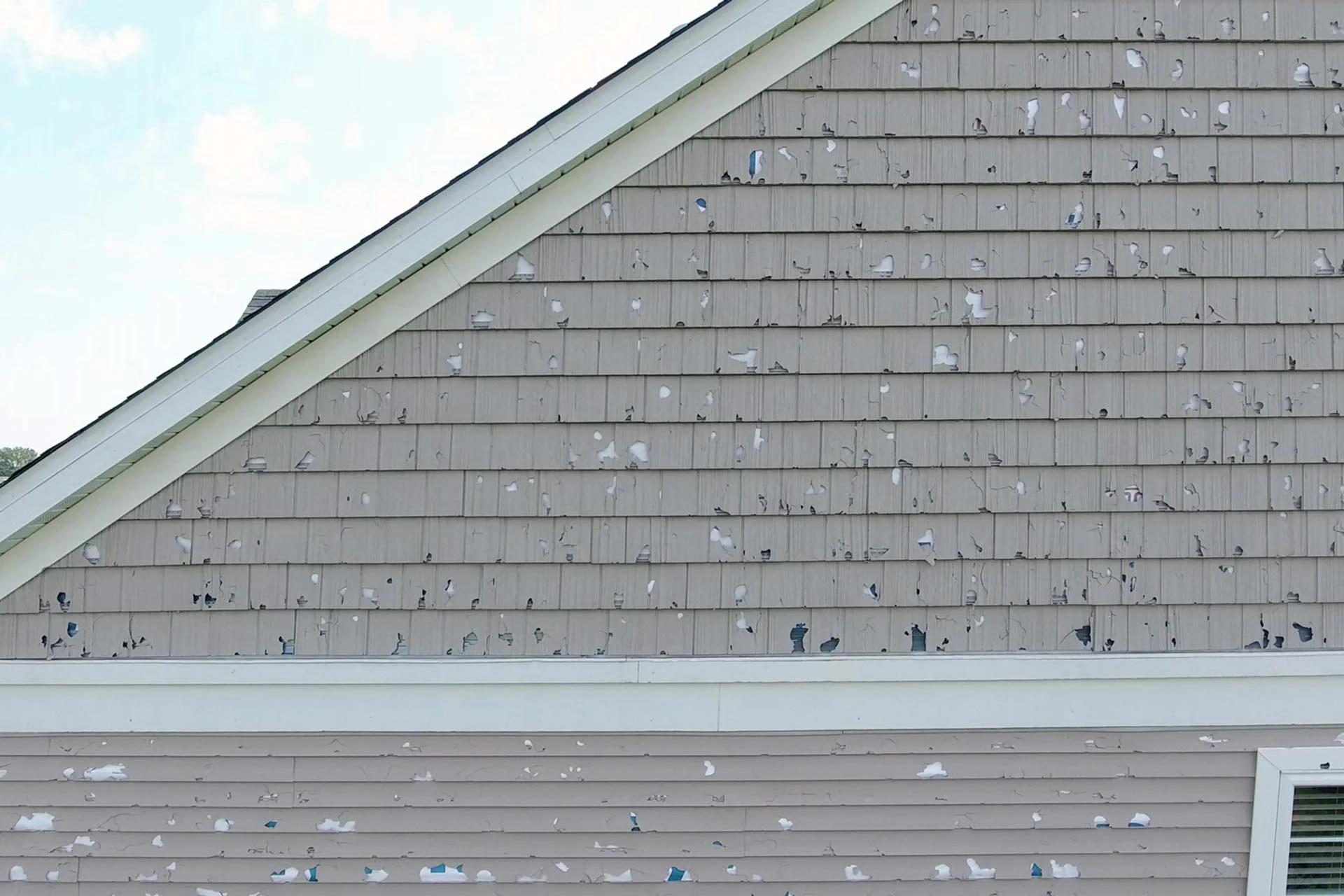
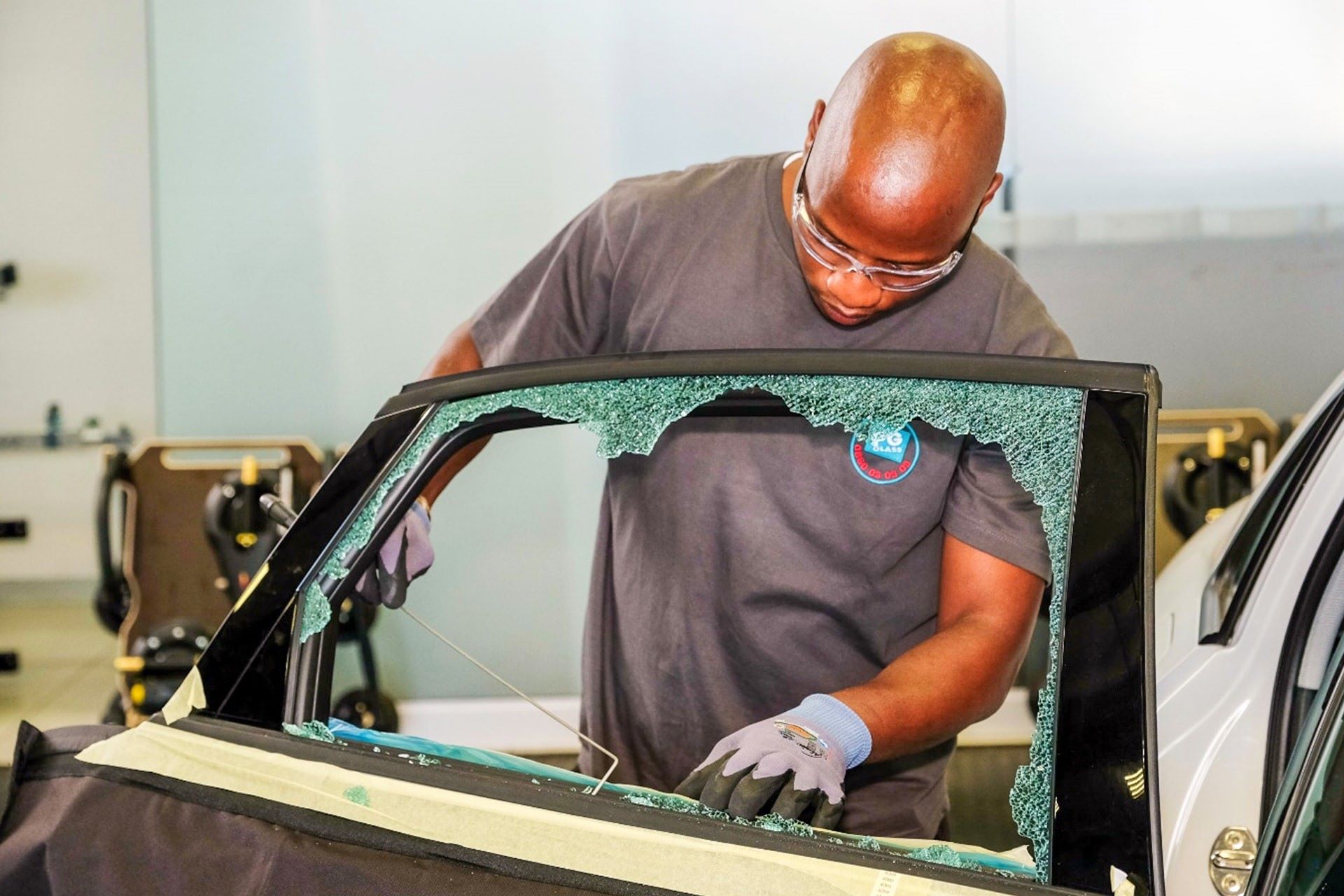
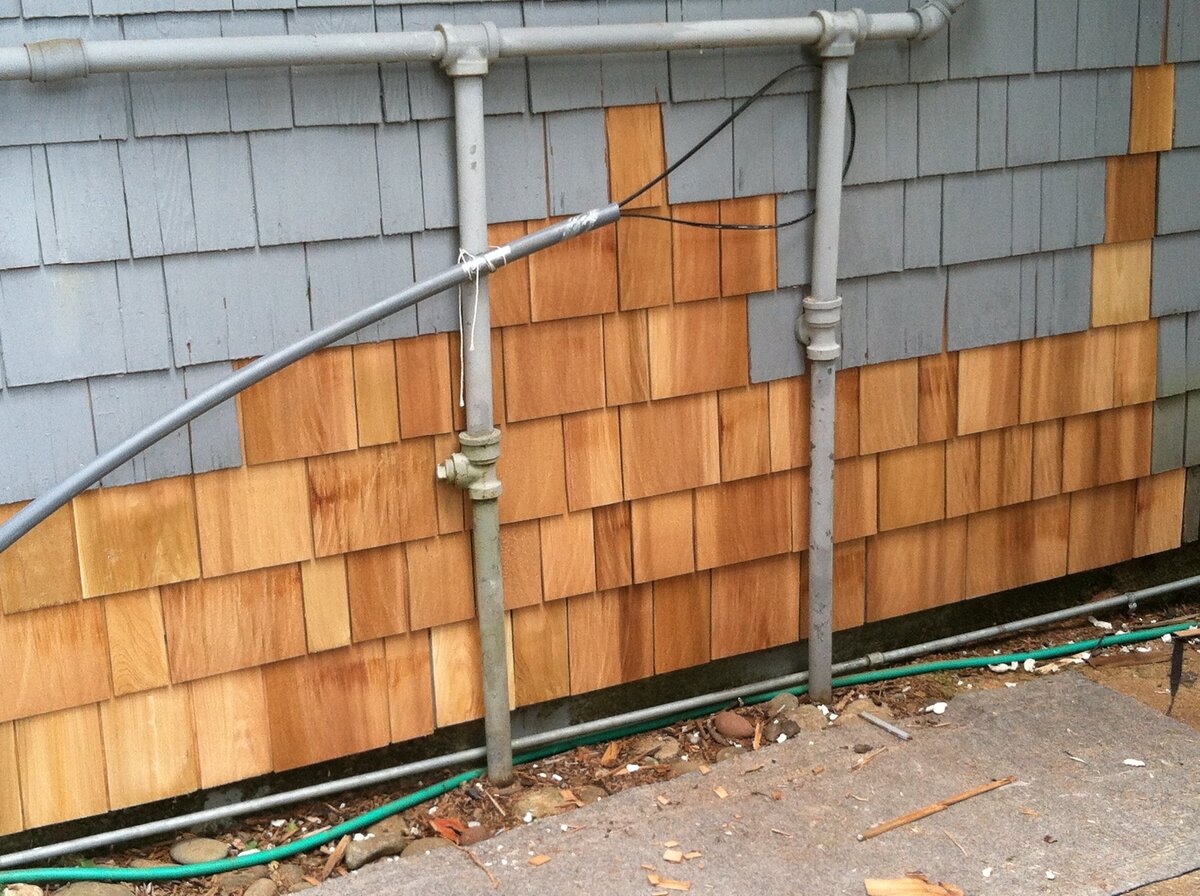
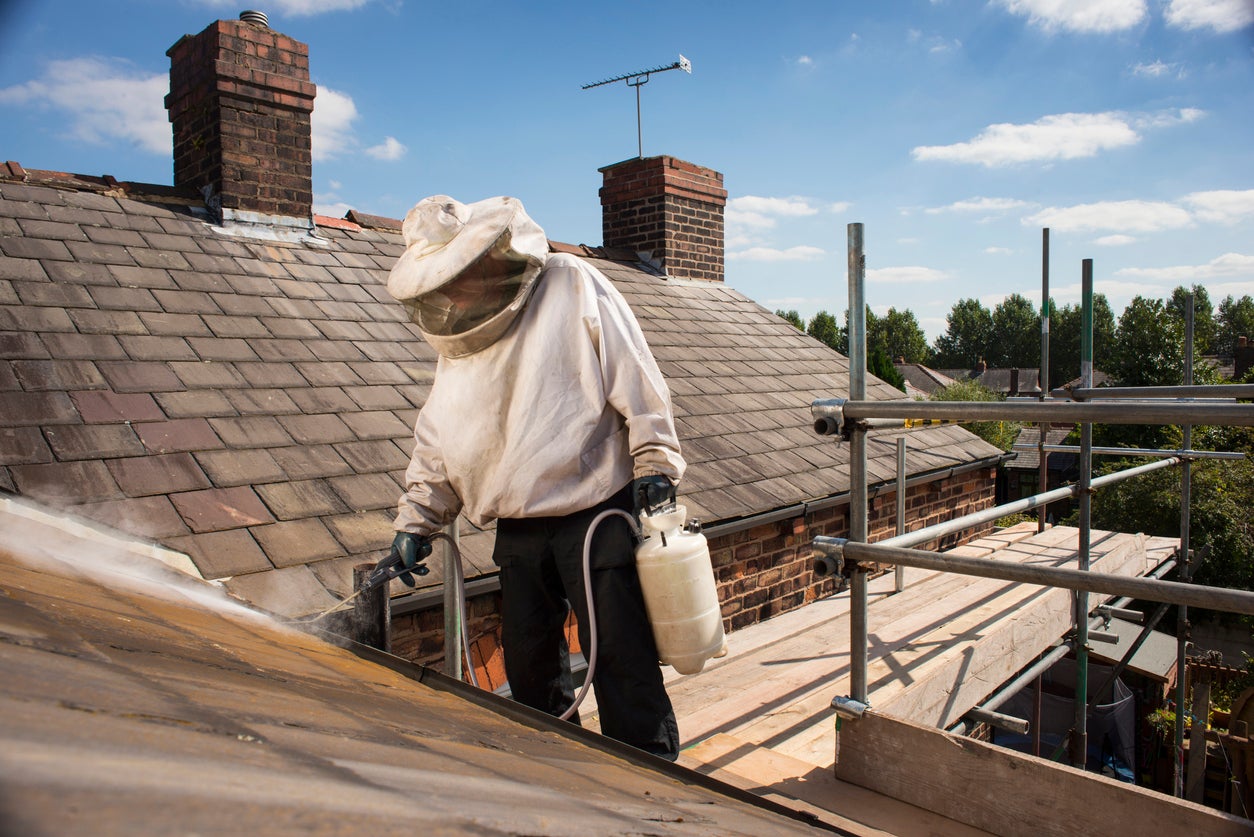

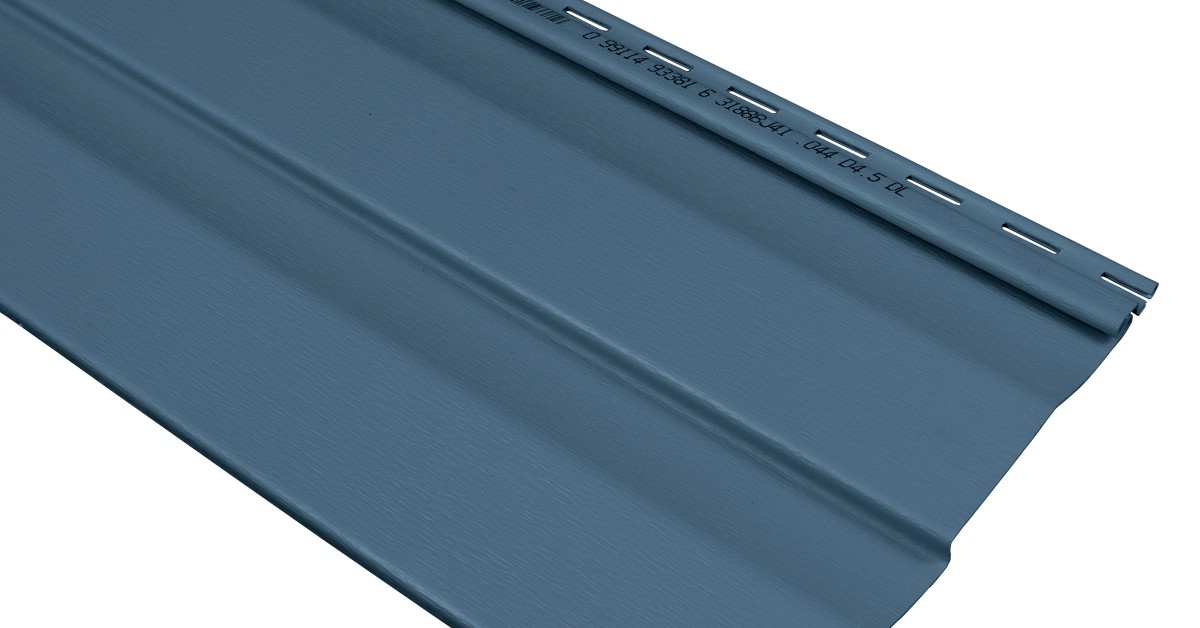

0 thoughts on “How To Get Siding Replaced By Insurance”